Along with many revolutionary newspapers, Cuu Quoc Newspaper made important contributions in propaganda and revolutionary agitation, leading to the August 1945 General Uprising_Photo: Document
Party's policy on revolutionary journalism
During the years 1939 - 1945, the domestic and international situation had many changes with the outbreak of World War II and the domination of French colonialism in Vietnam. Under the leadership of the Indochinese Communist Party (now the Communist Party of Vietnam ), the domestic revolutionary movement had made strong developments. Our Party recognized: "France - Japan today are not only the enemies of workers and peasants but also the enemies of the entire Indochinese nation" (1) , therefore, it was necessary to change strategy, affirming that the Indochinese Communist Party was the party of the proletariat class, defending the rights of workers, peasants and all oppressed people, leading the struggle to completely liberate all Indochinese peoples, thoroughly liberating workers and the exploited masses. The Party advocated putting the task of national liberation first, with the slogan: "Anti-imperialism, national liberation".
To carry out the task of national liberation, the Party advocated using the press as a tool for the revolutionary movement with the aim of: "all propaganda forces must focus on the spirit of anti-imperialism and aim at the goal of overthrowing imperialism and demanding national liberation" (2) . "The official newspapers of the Party must pay special attention to the situation of all classes of people and solemnly handle "national issues". Therefore, those newspapers must always return to the unified policy of the Democratic Front" (3) . Accordingly, our Party pointed out that the press needs to expand and enhance the national spirit, making each person in the classes aware of the survival of the nation and the close connection between the fate of the nation and personal interests; putting national interests above other interests, unifying national forces is an essential condition to overthrow imperialism.
Faced with new requirements, the 7th Central Committee Conference (November 1940) determined that a secret Party newspaper must be published to serve propaganda work. The 8th Central Committee Conference (May 1941) required that propaganda work "must apply a very flexible and unified tactic that is appropriate to the Party's national salvation policy and closely matches the daily situation" ( 4) .
Regarding the method of operation of the revolutionary press during this period, our Party stated: "Propaganda books and newspapers should not use the name of the Party too much, but should use the names of national salvation organizations and the Viet Minh instead" (5) . Regarding the content of propaganda, the press "must arouse a strong patriotic spirit, profoundly awakening the patriotism of the people. Must highlight the examples of sacrifice and struggle of Bac Son, Nam Ky, Do Luong and the predecessors who sacrificed for the Fatherland..." (6) . Regarding the form, the Party's newspapers and books as well as those of the Front must be written in an easy-to-understand manner, avoiding cumbersome terms and abstract expressions so that the masses can easily accept them, the writing must be touching, eloquent, not mechanical or dry (7) . During the propaganda process, the Party also paid attention to using pamphlets and official Party newspapers to explain the Party's policies, in order to disseminate those policies to the general public.
In addition to establishing a common propaganda agency, the Party advocates developing a secret press network in localities. The Resolution of the 8th Central Conference clearly states: "In order to ensure timely and uninterrupted propaganda, whenever Party Committees lose contact with each other, each local Party Committee must find a way to publish propaganda newspapers. At least the provincial Party Committee must have a specialized propaganda department to publish its own newspaper in the province to propagate promptly" (8) . Regarding the press team, the provinces must have reporters for the Party newspaper and the newspaper of the Front. At the same time, our Party focuses on building propaganda teams in ethnic minority areas, suggesting that "there must be specialized propaganda teams for ethnic groups, must learn the languages of those ethnic groups, must find books and newspapers in their languages to propagate and encourage them quickly" (9) .
As a tool for propaganda, mobilization, political theory education, gathering the masses and encouraging revolutionary struggle, the Vietnamese revolutionary press in the period of 1939 - 1945 made an important contribution to unifying ideology, will and action within the entire Party, mobilizing the strength of great national unity to contribute to the great victory of the August Revolution in 1945.
Each article is a revolutionary proclamation.
Faced with the strong influence of the revolutionary press, the French colonial government ordered a raid on legal communist press establishments in Indochina. Many newspapers were closed, one after another they switched to secret, illegal operations, the number of public newspapers during this period decreased significantly, from 136 periodicals to 57 (10) . After the 8th Central Conference (May 1941), the Party directed the press system to operate semi-secretly and semi-publicly, stepping up propaganda of the guidelines and policies for building the Viet Minh Front, gathering forces to move towards a General Uprising to seize power. Under the leadership of the Party and comrade Nguyen Ai Quoc, the Vietnamese revolutionary press developed strongly, each article was like a revolutionary proclamation, calling on the masses to unite in the struggle.
General Secretary To Lam , Party and State leaders and delegates visit the exhibition space of Communist Magazine (formerly Red Magazine, first published on August 5, 1930) at the 2025 National Press Festival _Photo: Document
Starting with the Red Magazine published in the first issue in 1930, according to the decision of the Party Central Committee, by September 1941, the Party continued to develop political theory activities by publishing the Communist Magazine - the Party's theoretical and political organ - directly managed by comrade Truong Chinh, with issue 1 with important articles such as: "The 8th Conference of the Party Central Committee", "The Party's new policy". The articles conveyed to Party members and the masses the Party's new guidelines and strategies, raising new slogans: overthrowing French and Japanese imperialism, overthrowing Vietnamese traitors; calling for the organization of a front against the French and Japanese, launching a high tide of national salvation, building armed forces, "all for the liberation of the country".
In 1943, the Communist Review continued to be published, with two issues: Issue 1, published on February 28, 1943, published the entire content of the Resolution of the Central Standing Committee Conference (held in February 1943); Issue 2, published on September 24, 1943, included the article "The Uprising Issue - Commemorating the Nghe An Soviet" by comrade Truong Chinh, on the occasion of the 13th anniversary of the Nghe An Soviet. From the lessons learned from the Nghe An Soviet, the article analyzed the issues of preparing for the uprising against Japanese and French fascism, and proposed essential methods to make the masses participate in the uprising, to turn guerrilla warfare into local uprisings, to make the uprising have a mass character, in the true meaning of the national liberation revolution..." (11) .
On October 10, 1942, the Liberation Flag Newspaper - the central propaganda and agitation agency of the Indochinese Communist Party - published issue 1, headed by General Secretary Truong Chinh, playing an important role in conveying the Party's policies, guidelines, and tasks of national liberation to all levels of Party committees, Party members, and the masses. The Liberation Flag published issue 2, dated August 26, 1943, with an article "Issues on the Party's policies" by General Secretary Truong Chinh, which discussed the life-and-death issues of the nation: The Indochina revolution in this period must be a national liberation revolution. To complete that revolution, the Party must mobilize all classes of people to establish a united national front against Japan and France. The article stated that the Central Standing Committee Conference (February 1943) added new contents to the Party's revolutionary line for national liberation, affirming that "the essential task of the Indochinese proletariat and our Party at this time is not only to mobilize the entire Indochinese people to carry out a revolution to break the chains of Japanese and French fascism, but also to carry out a revolution to attack the strongholds of international fascism, to support the Soviet Union in the resistance war, and to contribute to the international democratic front against fascist aggression" (12) .
On March 9, 1945, Japanese fascists staged a coup against France and monopolized Indochina. On March 12, 1945, the Central Party Standing Committee met and issued the Directive: “Japan and France are fighting each other and our actions”, launching a high tide of resistance against Japan to save the country as a premise for the General Uprising. Under the pen name CGP, General Secretary Truong Chinh wrote the article “The Japanese “coup” in Indochina”, published in the Liberation Flag Newspaper , No. 11, published on March 25, 1945, analyzing the causes of the coup and the inevitable defeat of Japanese fascists. The article pointed out: “The French government has fallen. The Japanese government is not yet stable. The Japanese and French lackeys are in a state of confusion. The situation is very favorable. The revolutionary soldiers of Indochina must take full advantage of the ongoing political crisis to develop a climax… All the work of the Party must aim at the goal of quickly advancing to the uprising, ready to respond to the allied forces” (13) .
On January 25, 1942, the Viet Minh General Department launched the National Salvation Newspaper under secret conditions, initially under the direction of the Party Central Committee, then assigned to the Northern Regional Party Committee, and from 1944 assigned to comrade Xuan Thuy. With sharp political commentary, articles, poetry, reports, essays, etc., the National Salvation Newspaper made important contributions to propagating the Party's policies and the Viet Minh Front, mobilizing and organizing the people to rise up and fight against imperialism, fascism and its henchmen to gain independence and freedom for the nation.
Along with the central newspaper, the Viet Minh chapters also published many newspapers to encourage the revolutionary movement. At the regional level, the Central region had the Nation , the Southern region had Liberation , the Southern part of the Northern region had Independence . At the provincial level, the Independent Vietnam newspaper of the Viet Minh Provincial Committees of Cao Bang, Cao Bang - Bac Can, Cao - Bac - Lang, was the revolutionary newspaper that published the most issues (126 issues) during the secret period. Other provinces, such as Hung Yen had Bai Say , Quang Ngai had Chon Doc Lap , Thanh Hoa had Duoi Giac Nuoc , Bac Ninh had Hiep Luc , Ninh Binh had Hoa Lu , Phuc Yen had Me Linh , Bac Giang had Quyet Thang . The Hoa - Ninh - Thanh war zone (Hoa Binh - Ninh Binh - Thanh Hoa) had Khoi Nghia , the Bac Son area had Bac Son ...
The national salvation organizations also published their own newspapers, such as the Fighting of the Vietnam National Salvation Army, later changed to the Vietnam Liberation Army, the Vanguard of the National Salvation Culture Association, the Vietnam of the National Salvation Association... The national salvation organizations in the province included the Fighting of the Vietnam National Salvation Workers of Thanh Hoa, the Soul of the Nation of the Youth for National Salvation of Hoang Dieu (Hanoi)... In particular, with the newspaper Gai Rai Tram of the Thanh Hoa National Salvation Women's Association, for the first time there was a separate newspaper to propagate and mobilize women. Also for the first time in the patriotic movement in ethnic minority areas there was a separate newspaper in ethnic script, the Lac Muong newspaper - the propaganda and agitation agency of the Thai National Salvation Association.
During this period, the colonial government increased the number of political prisoners. In harsh, difficult and dangerous circumstances, revolutionary soldiers in prisons and detention camps took advantage of all forms to maintain press activities, contributing to building forces, organizing the Party and training cadres in prison. The number of newspapers was not large, but there were typical newspapers that made great contributions to the propaganda front, fighting to protect the Party, encouraging prisoners to be steadfast and steadfast in their struggle, such as Binh Minh on the Da River in Hoa Binh Prison, Dong Song Cong in Ba Van Concentration Camp, Duong Nghia in Nghia Lo Concentration Camp, Suoi reo in Son La Prison, Thong reo in Cho Chu Prison, Tien len in Quang Tri Prison (14) ...
The revolutionary press played an important role in enlightening the masses, gathering the masses from many classes and strata to participate in the national liberation movement. The newspaper Vietnam Doc Lap, No. 2 (numbered 102), published on August 1, 1941, wrote: "Our people want to live, there is only one way: to unite to fight the French and the Japanese. Unite, my compatriots! Before the time of national salvation, after the time of self-sacrifice" (15) . The newspaper Co Giai Phong , No. 3, published on February 15, 1944, wrote: "Currently in Indochina, the Japanese disaster is a common disaster for all people with liberal and progressive tendencies, regardless of race, religion, or class. Anyone who is a foreigner living in Indochina and wants to escape the bloody hands of the Japanese invaders, let's join the people of Indochina in forming a united democratic front against Japan." On the Dan Toc Newspaper , the mouthpiece of the Viet Minh in Central Vietnam, the people were called upon to unite against the enemy: “Dear compatriots! Unity is the invincible strength of the people who have lost their country. Unity to fight against the enemy is the only way to save ourselves and save the country” (16) .
The issue of preparing for the General Uprising was mentioned early by many newspapers, clearly showing our Party's viewpoint in preparing all aspects for the August Revolution. The Independent Vietnam newspaper, issue 125, dated May 11, 1942, with the article "When will there be an uprising" clearly stated the Party's viewpoint, guiding national salvation organizations to step up the organization and mobilization of the people: "The revolutionary strength will definitely become stronger and stronger... If the organizations have the right policies, have skillful plans, if the cadres know how to operate, propagate and organize, the whole people will definitely unite" (17) . In 1943, in the face of many changes in the revolutionary movement, in order to step up the preparation for armed uprising in Cao Bang and Bac Can, the Independent Vietnam Newspaper No. 168, published on July 11, 1943, published the article "Two more slogans", stating: "For a long time we have been preparing for an uprising. Preparing by developing and consolidating the national salvation associations and the Viet Minh. Now we must prepare one step further. Prepare all the necessary things for an armed uprising" (18) .
From mid-1944, the Soviet Red Army and the Allies stepped up their attacks on the German fascist army on the European battlefield, and the US army organized a counterattack against the Japanese army on the Pacific front. Faced with the rapid changes in the world situation, the Viet Minh General Headquarters issued a directive to “Prepare for a General Uprising” (May 7, 1944) and called on the people to “Buy weapons to chase away the common enemy” (August 10, 1944). Responding to the Party’s directive and call, the article “To prepare to respond to the opportunity, we must urgently train cadres! We must urgently mobilize the people”, published in the Independent Vietnam Newspaper, issue 194, published on August 20, 1944, wrote: “Our opportunity is near. We must prepare fully to seize the opportunity. All cadres must listen to the call of the organization to prepare urgently..., must mobilize the people, that is, make the people understand that the situation is very urgent, they must use all their strength and resources to save themselves and save the country" (19) .
The Vietnamese revolutionary press during this period also played an important role in foreign affairs, propagating the international solidarity of our people with the oppressed peoples of the world, the alliance of our people with the democratic forces against fascism, supporting the great patriotic resistance war of the Soviet Union and the resistance war of the Chinese people against Japan. Through the press, our Party clearly pointed out the role, position and strength of the Soviet Union in the struggle against fascism. The revolutionary press had many articles explaining the Party's policy on the issue of "Chinese troops entering Vietnam", thereby helping all levels of Party committees and the Viet Minh clearly perceive the essence of the matter, grasp the strategy, have the right attitude and actions towards Chiang Kai-shek's army.
The revolutionary press in the years 1939 - 1945 with practical propaganda content, fulfilled its mission, became an important bridge between the Party and the masses, awakened the patriotism of our people, fanned the flames of struggle, and built a pure proletarian international spirit. The revolutionary press also played an important role in political and ideological work, contributing to the Party's unity in thought and action, creating a combined strength for the great victory of the August Revolution in 1945./.
-------------------------
(1), (7) Complete Party Documents , National Political Publishing House, Hanoi, 2000, vol. 7, pp. 112, 295
(2), (3), (9) Complete Party Documents , op. cit ., vol. 6, pp. 545 - 546, 476, 548 - 549
(4), (5), (6), (8) See: Complete Party Documents , op. cit ., vol. 7, pp. 126 - 127
(10), (14) Associate Professor, Dr. Dao Duy Quat, Professor, Dr. Do Quang Hung, Associate Professor, Dr. Vu Duy Thong (editor-in-chief) : Overview of the history of revolutionary journalism , National Political Publishing House, Hanoi, 2010, p. 96, p. 101 - 102
(11) See: “Communist Magazine: Development Paths”, Electronic Communist Magazine, https://tapchicongsan.org.vn/nhung-chang-duong-phat-trien/-/2018/35141/chuong-i--tap-chi-dang-tu-1930-den-1945.aspx
(12), (13) The Liberation Flag , Truth Publishing House, Hanoi, 1974, pp. 15, 69 - 70
(15), (17), (18), (19) Vietnam Revolutionary Museum: Vietnam Independence Newspaper 1941 - 1945 , Labor Publishing House, Hanoi, 2000, pp. 13, 95, 267, 402 - 403.
(16) Stored at the Vietnam Revolutionary Museum, 1942, Symbol Gy 4973
Source: https://tapchicongsan.org.vn/web/guest/nghien-cu/-/2018/1114702/bao-chi-cach-mang-viet-nam-thap-lua%2C-soi-duong-cho-thang-loi-cua-cach-mang-thang-tam.aspx





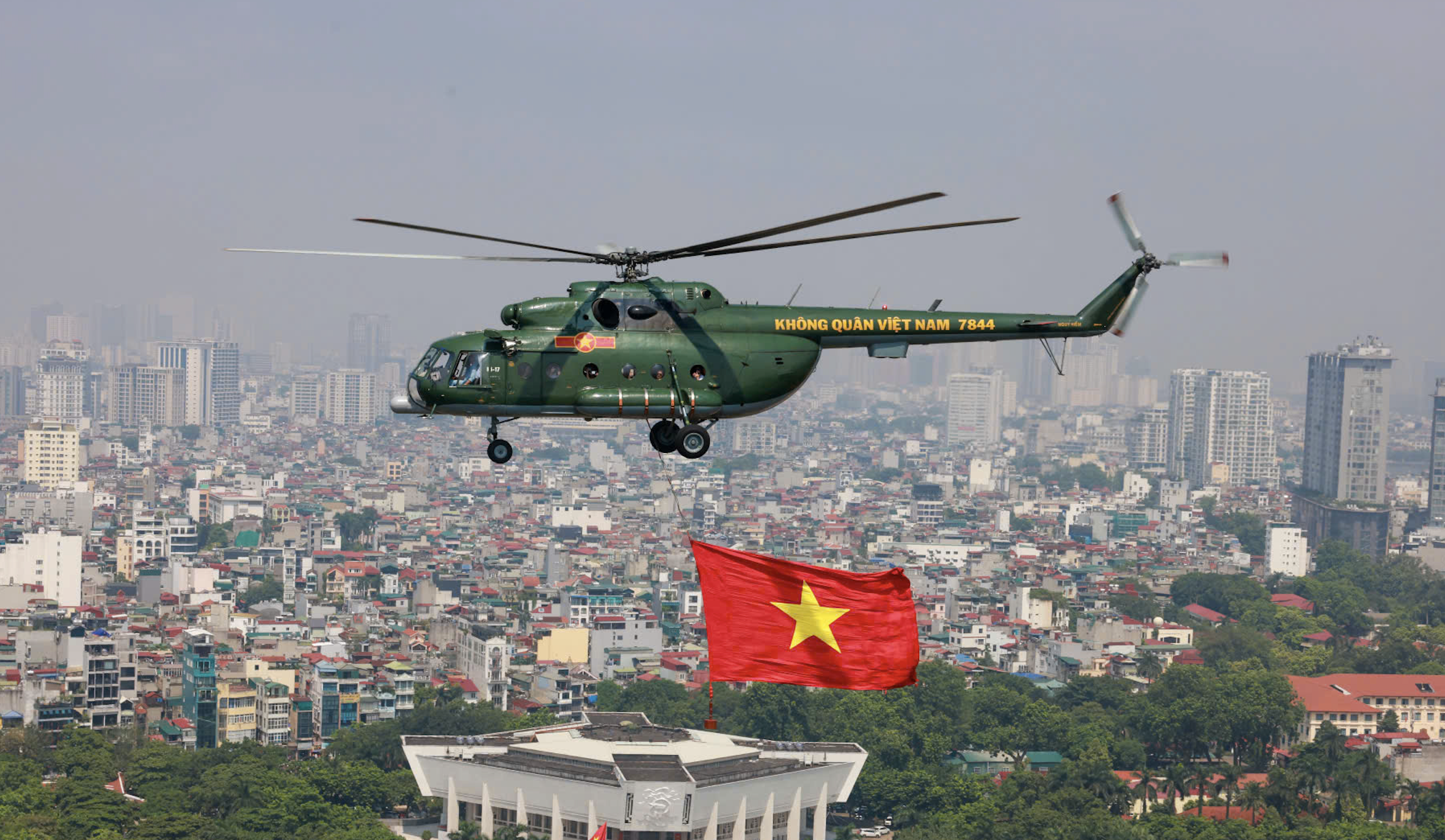
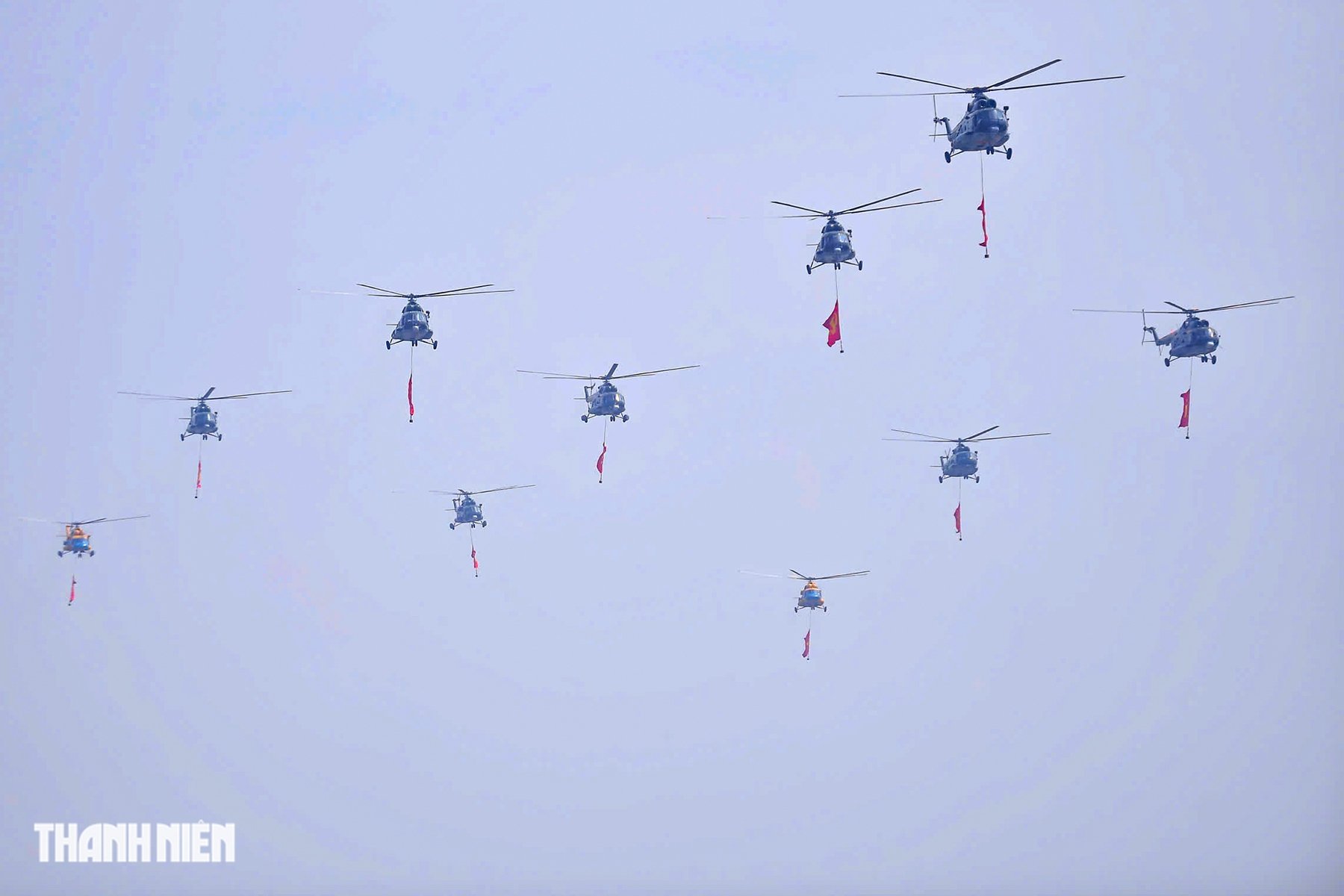
![[Photo] Party and State leaders meet with representatives of all walks of life](https://vstatic.vietnam.vn/vietnam/resource/IMAGE/2025/8/24/66adc175d6ec402d90093f0a6764225b)
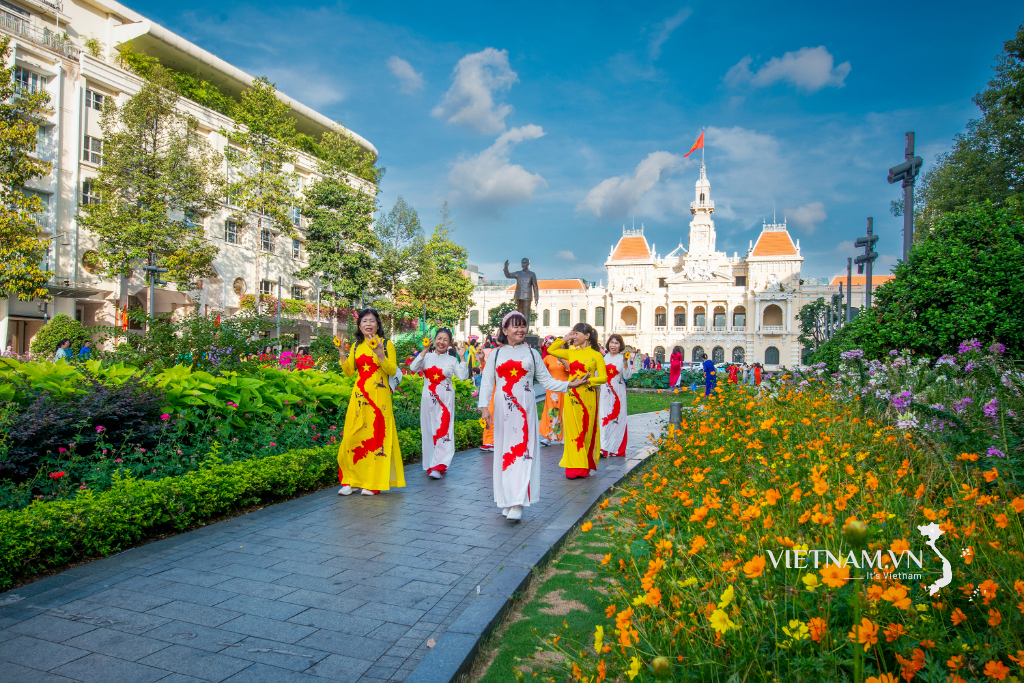

![[Photo] Phu Quoc: Propagating IUU prevention and control to the people](https://vstatic.vietnam.vn/vietnam/resource/IMAGE/2025/8/24/f32e51cca8bf4ebc9899accf59353d90)




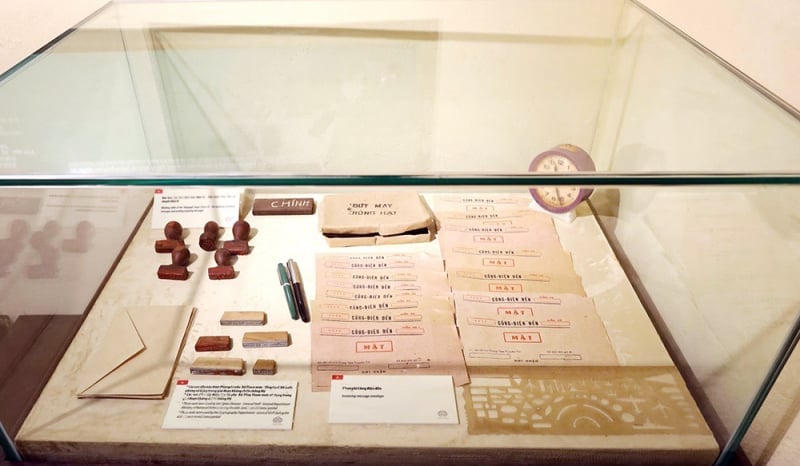

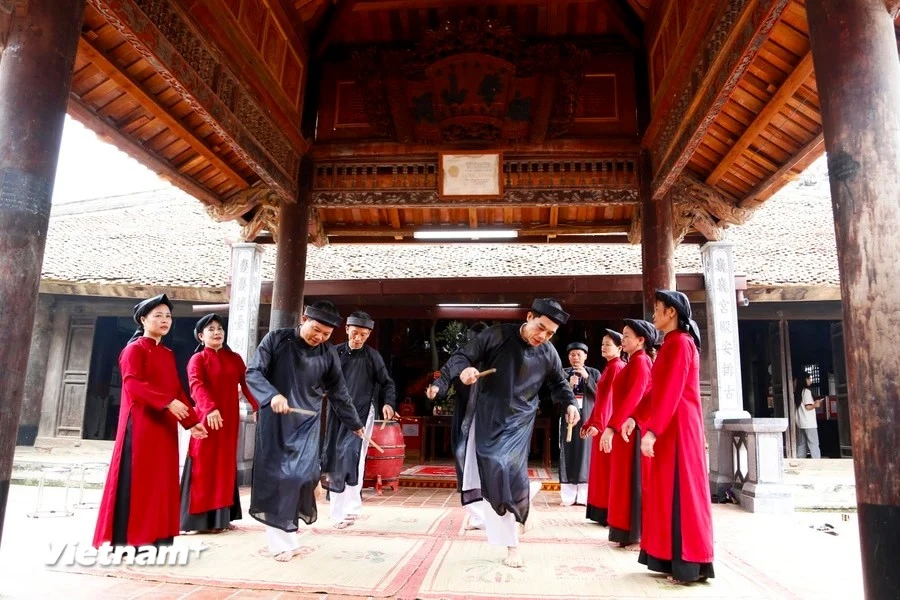

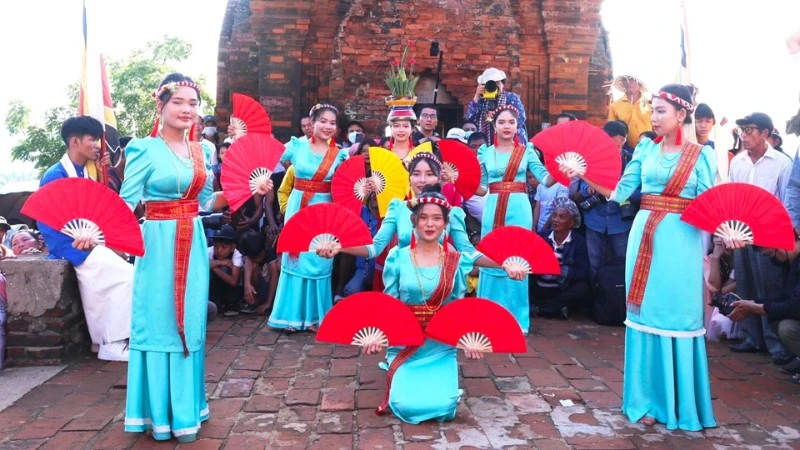


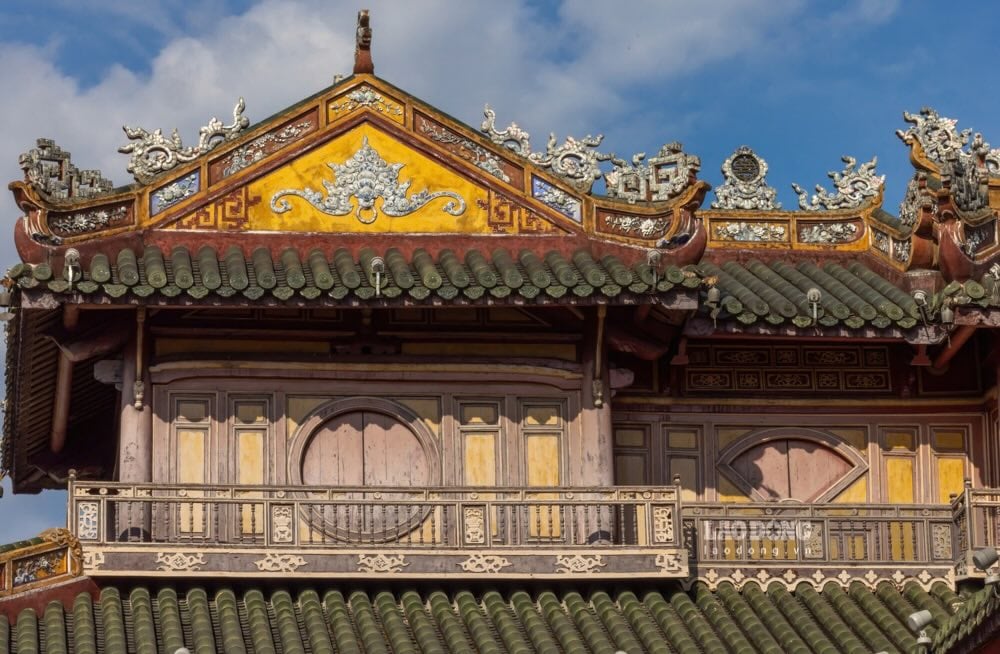
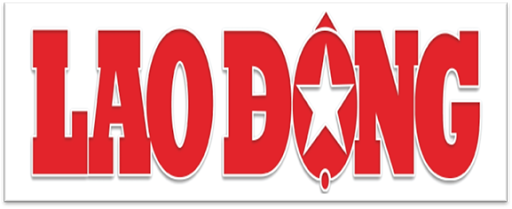
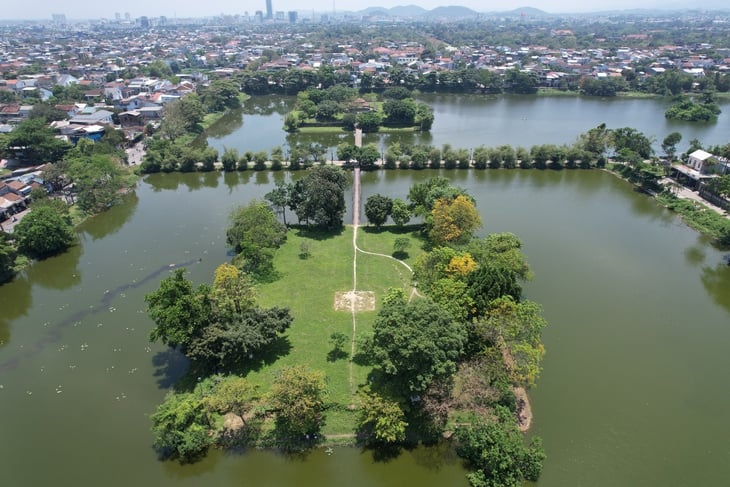

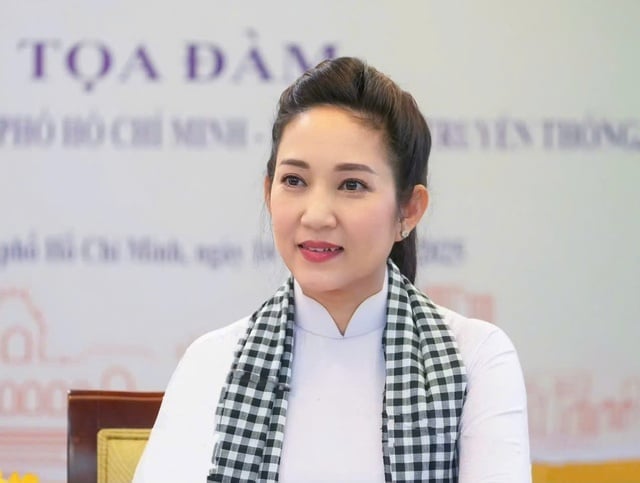


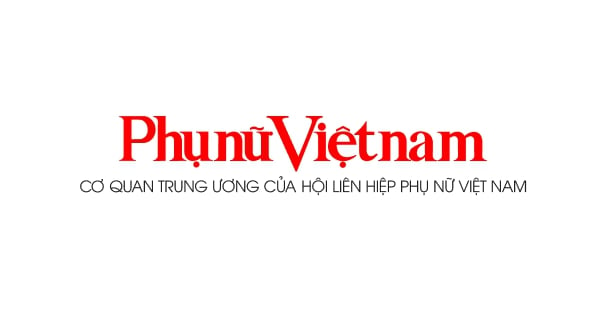




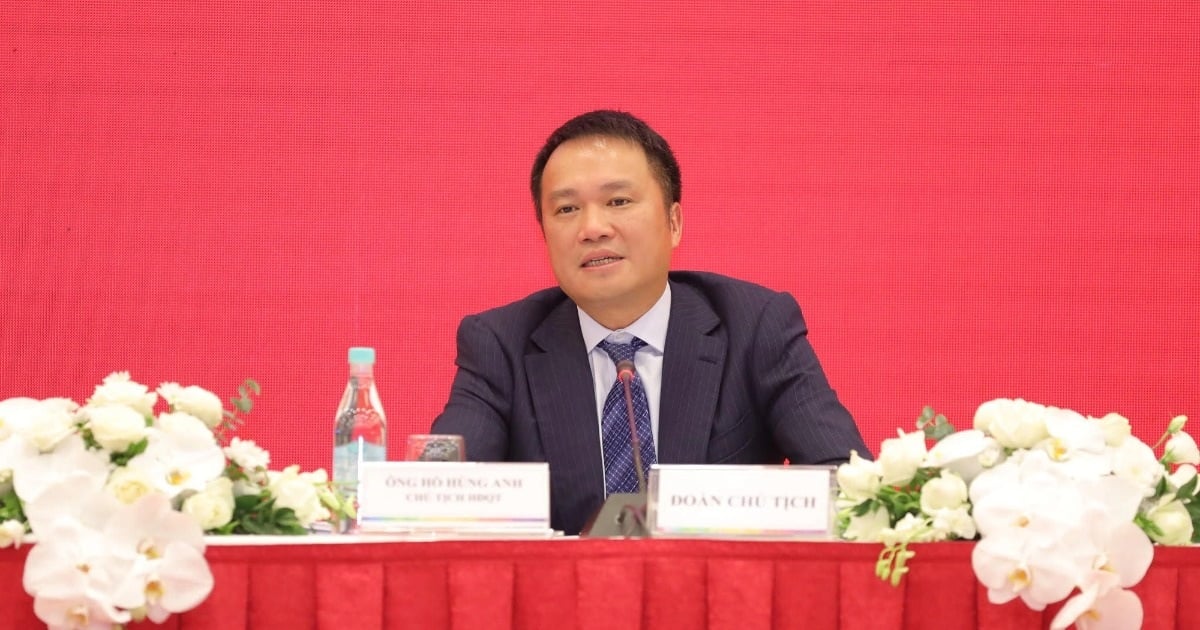
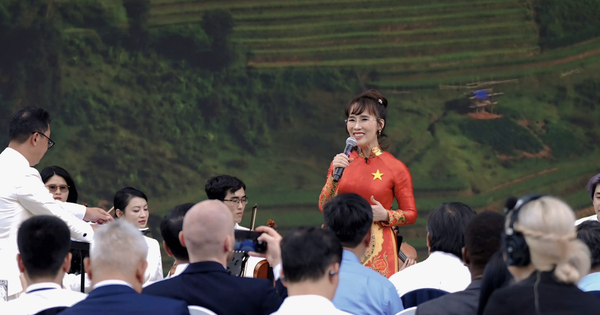

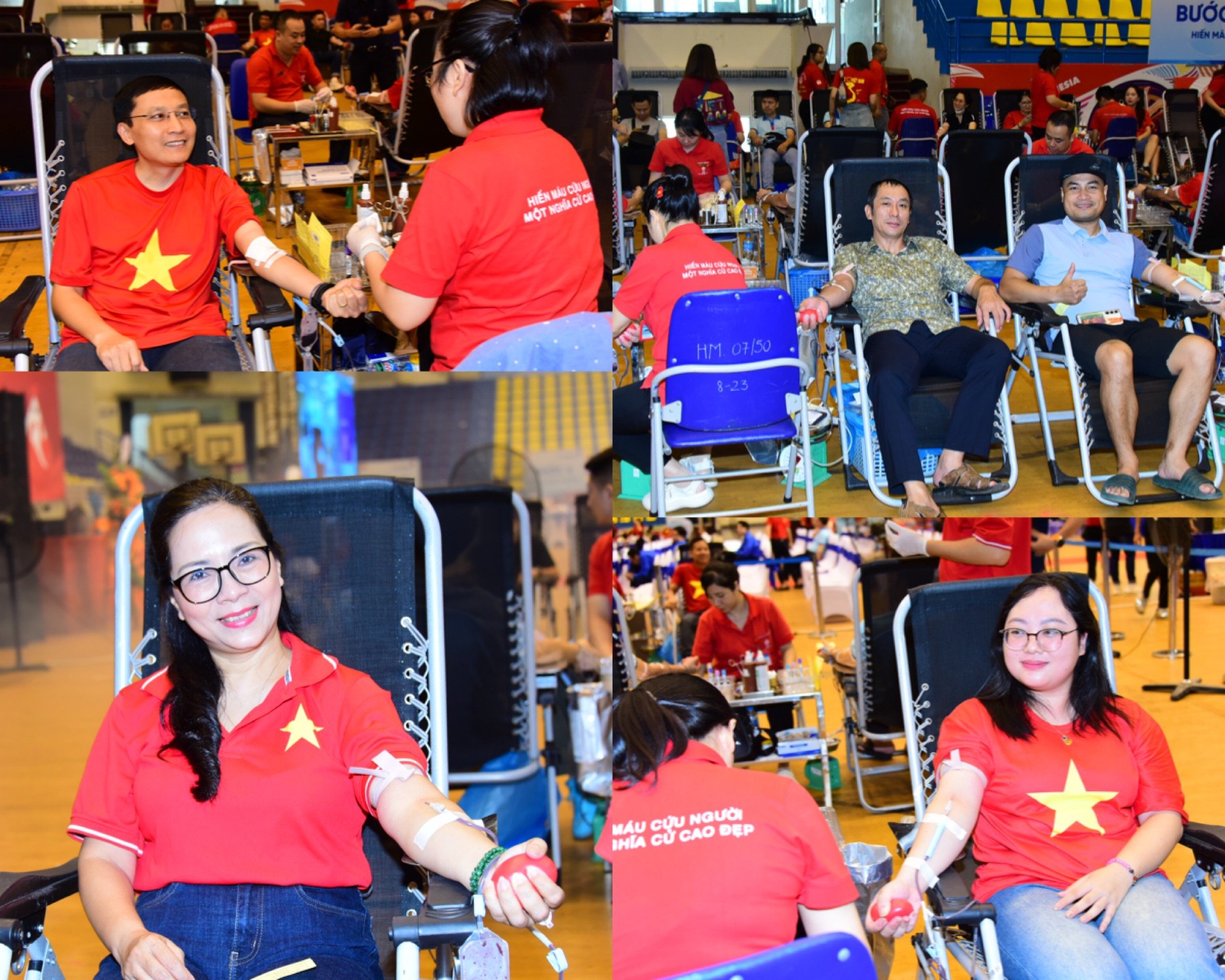








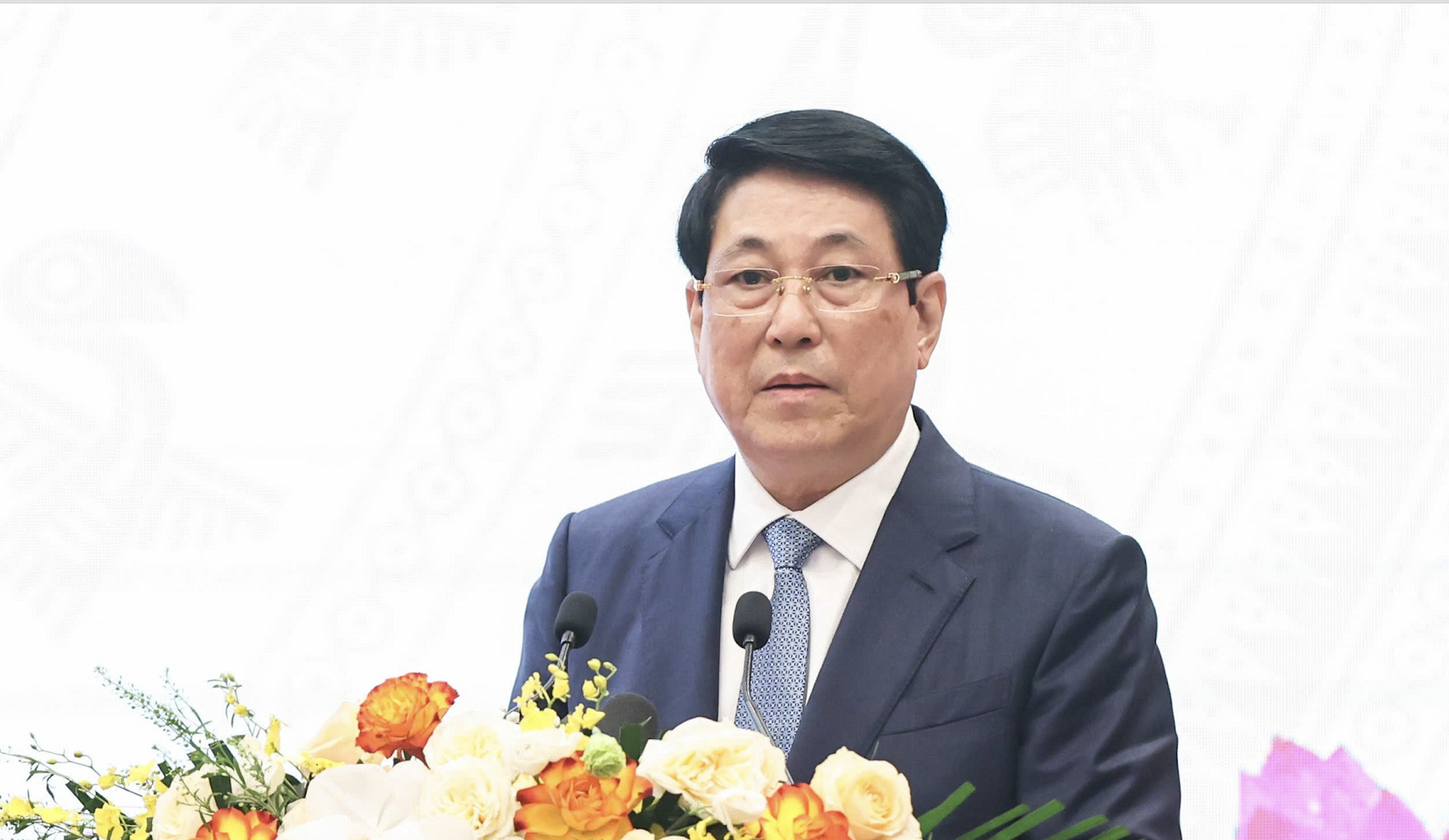

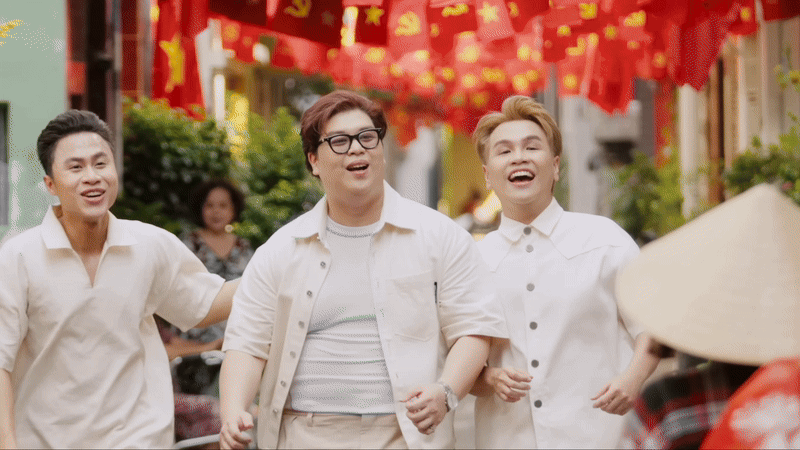
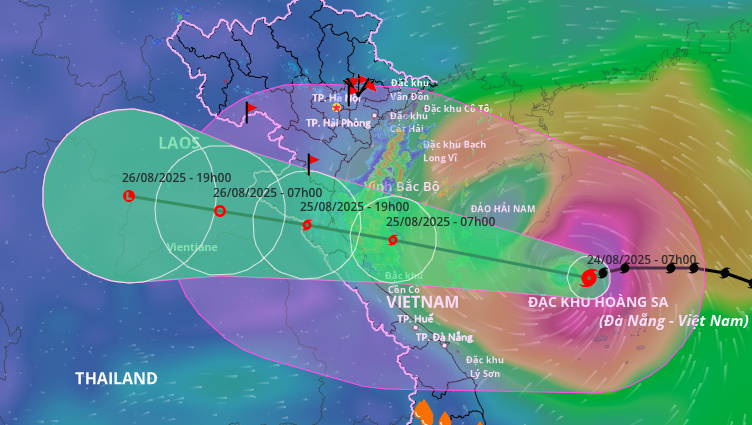
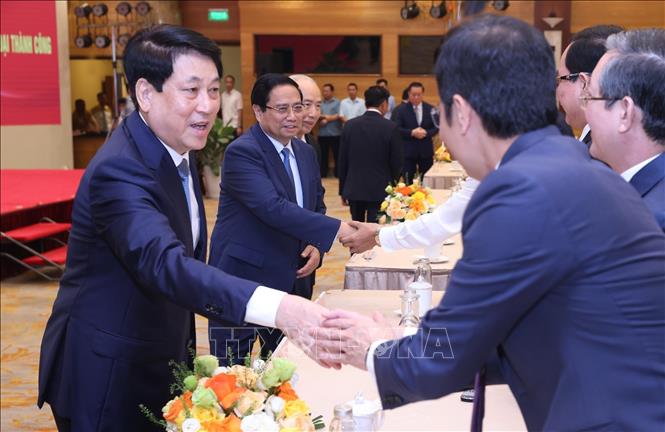
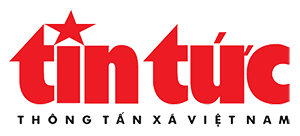
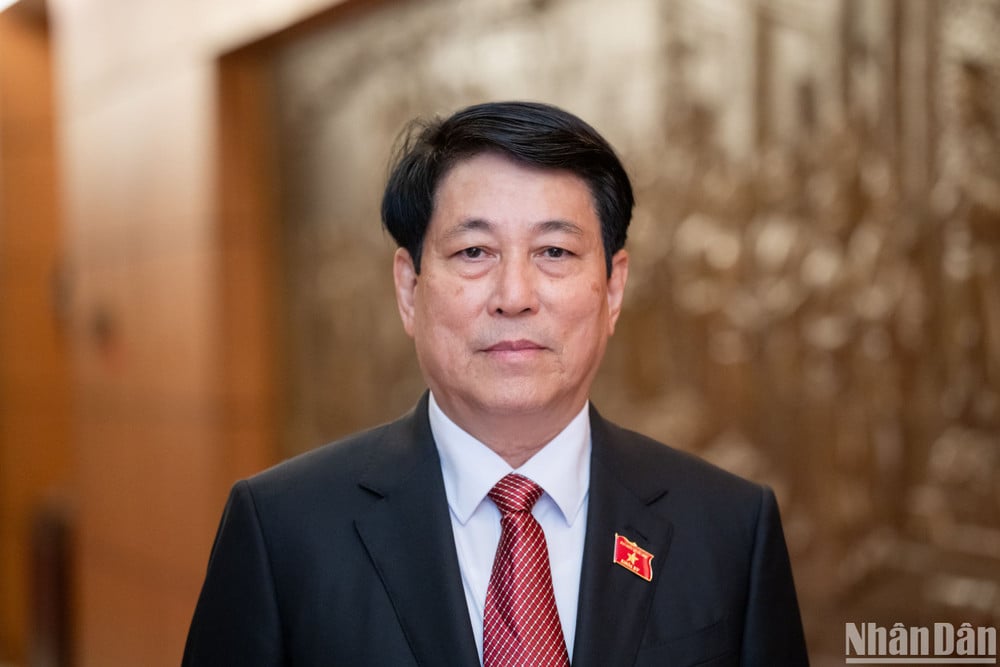
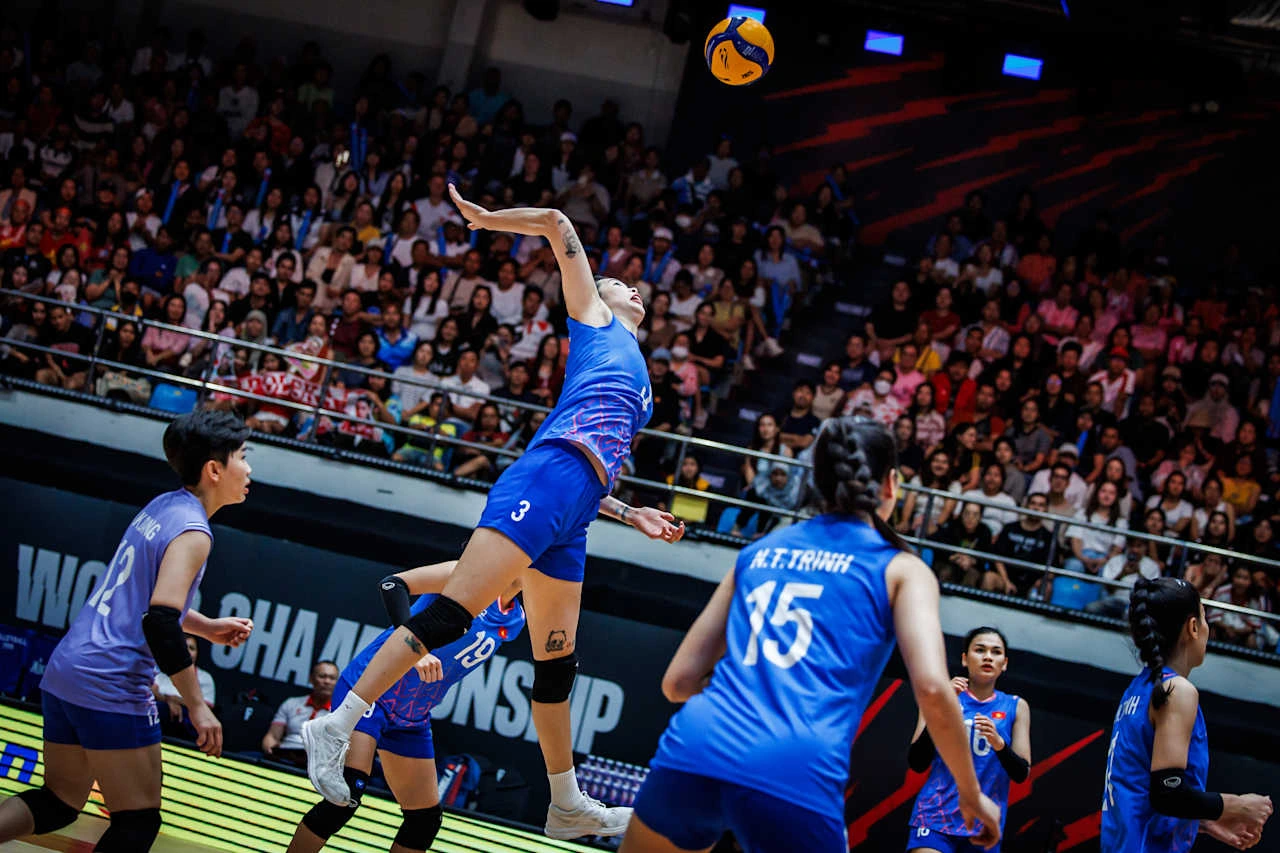
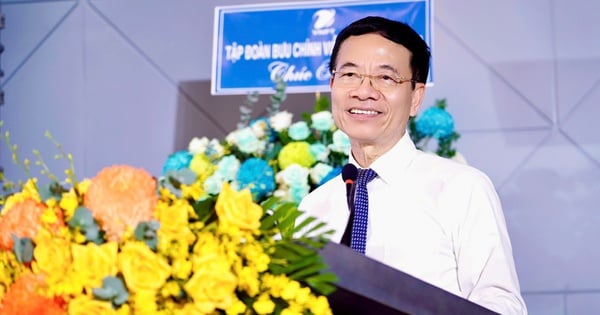





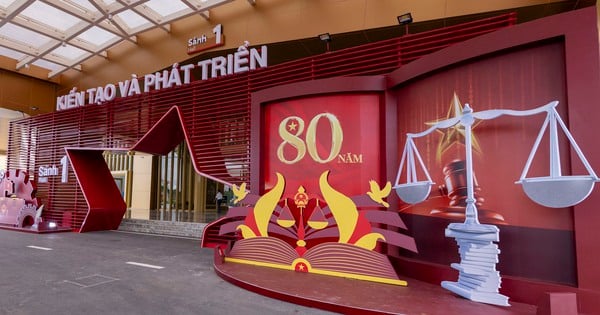

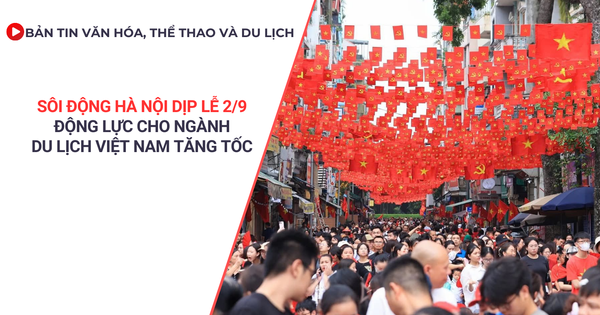
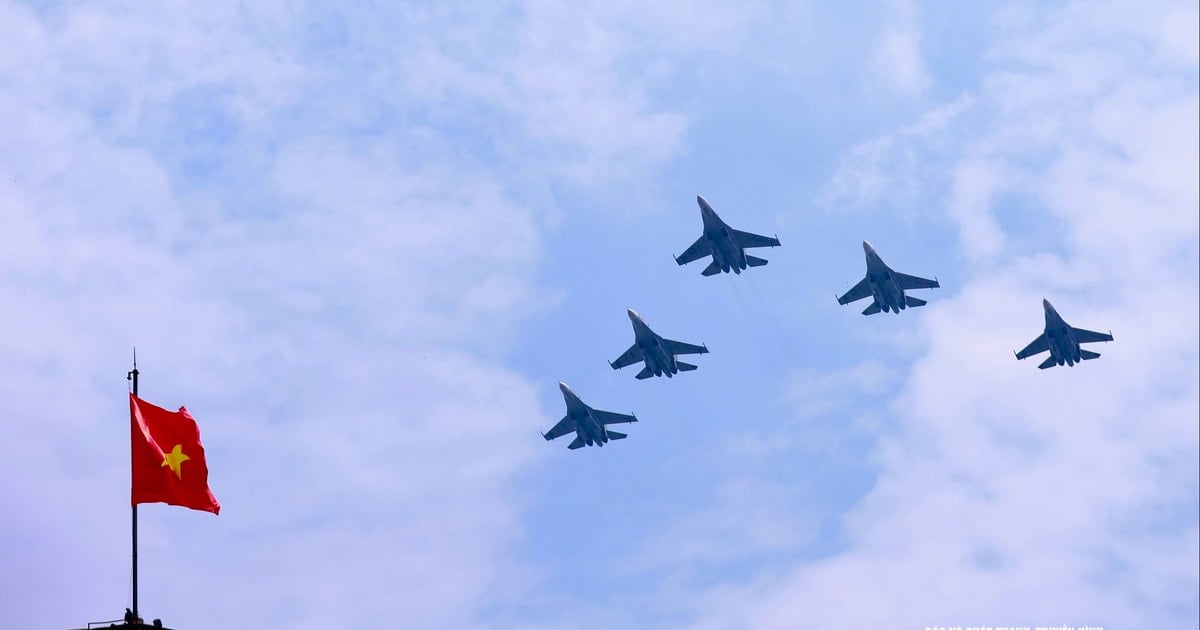
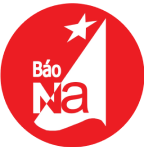
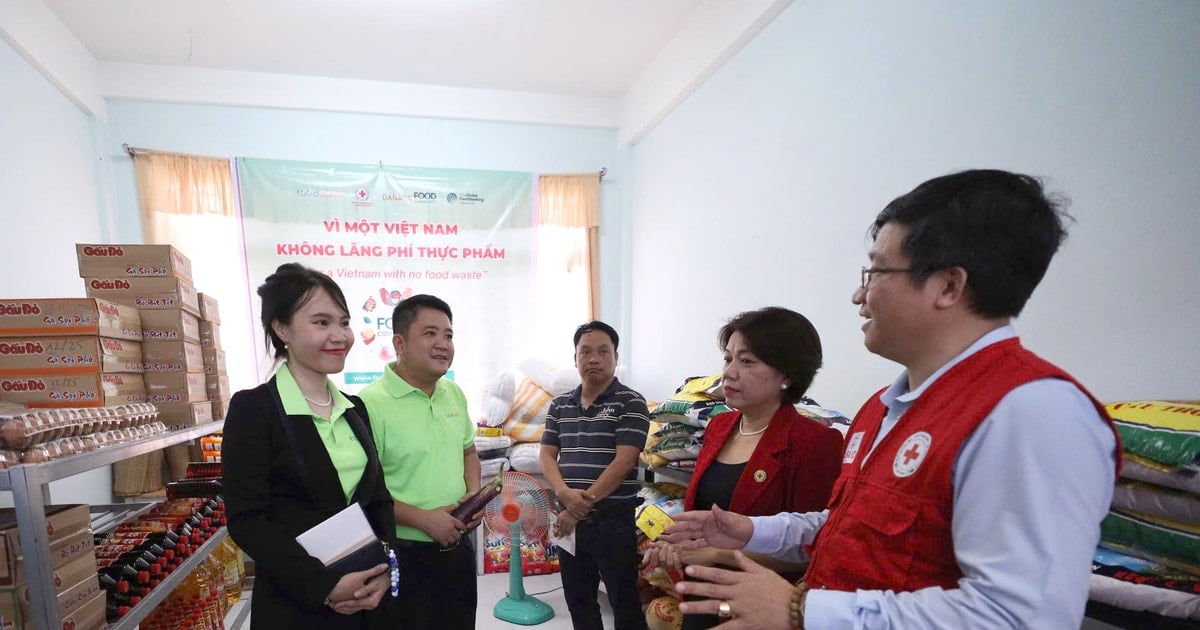

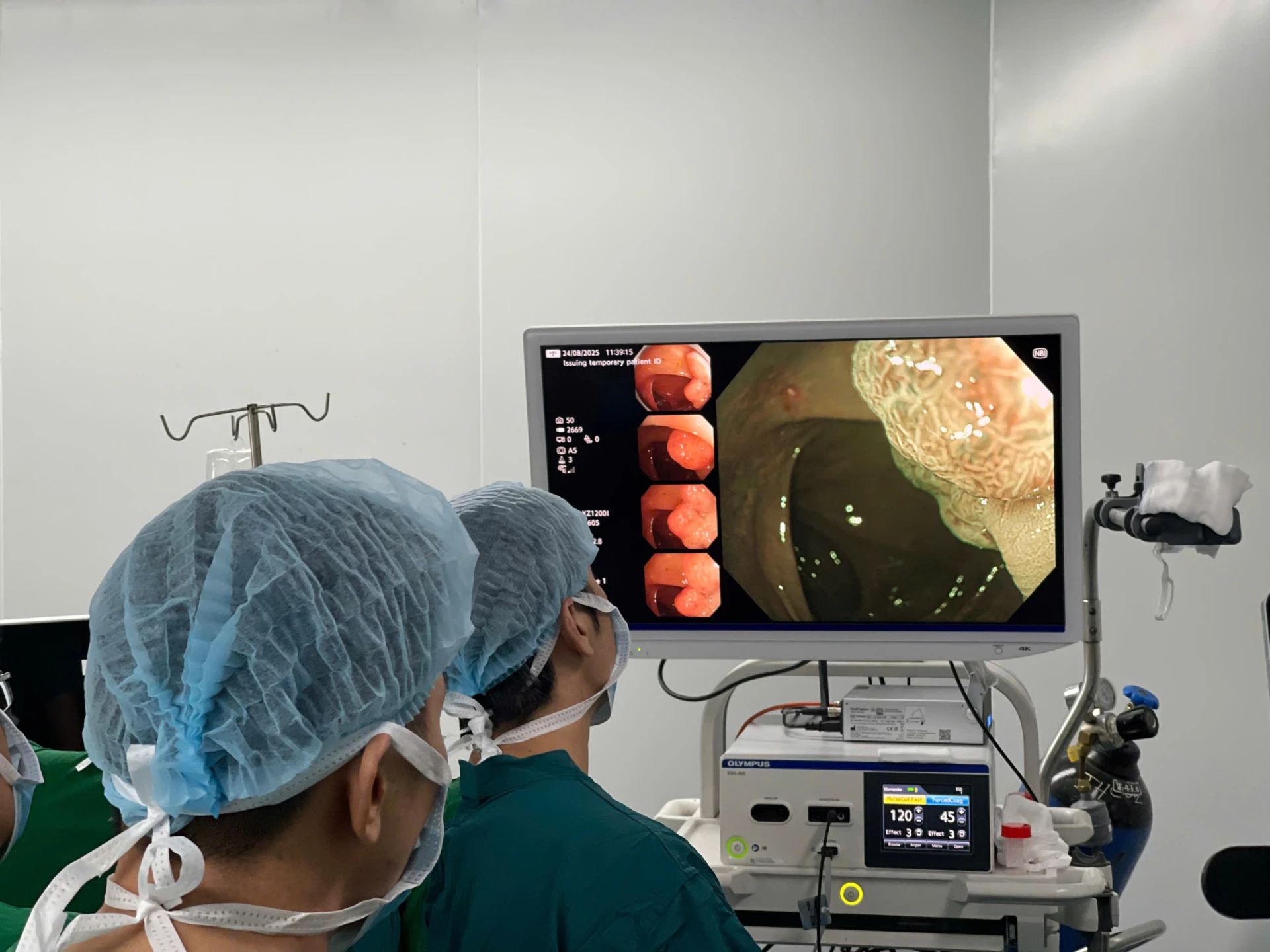

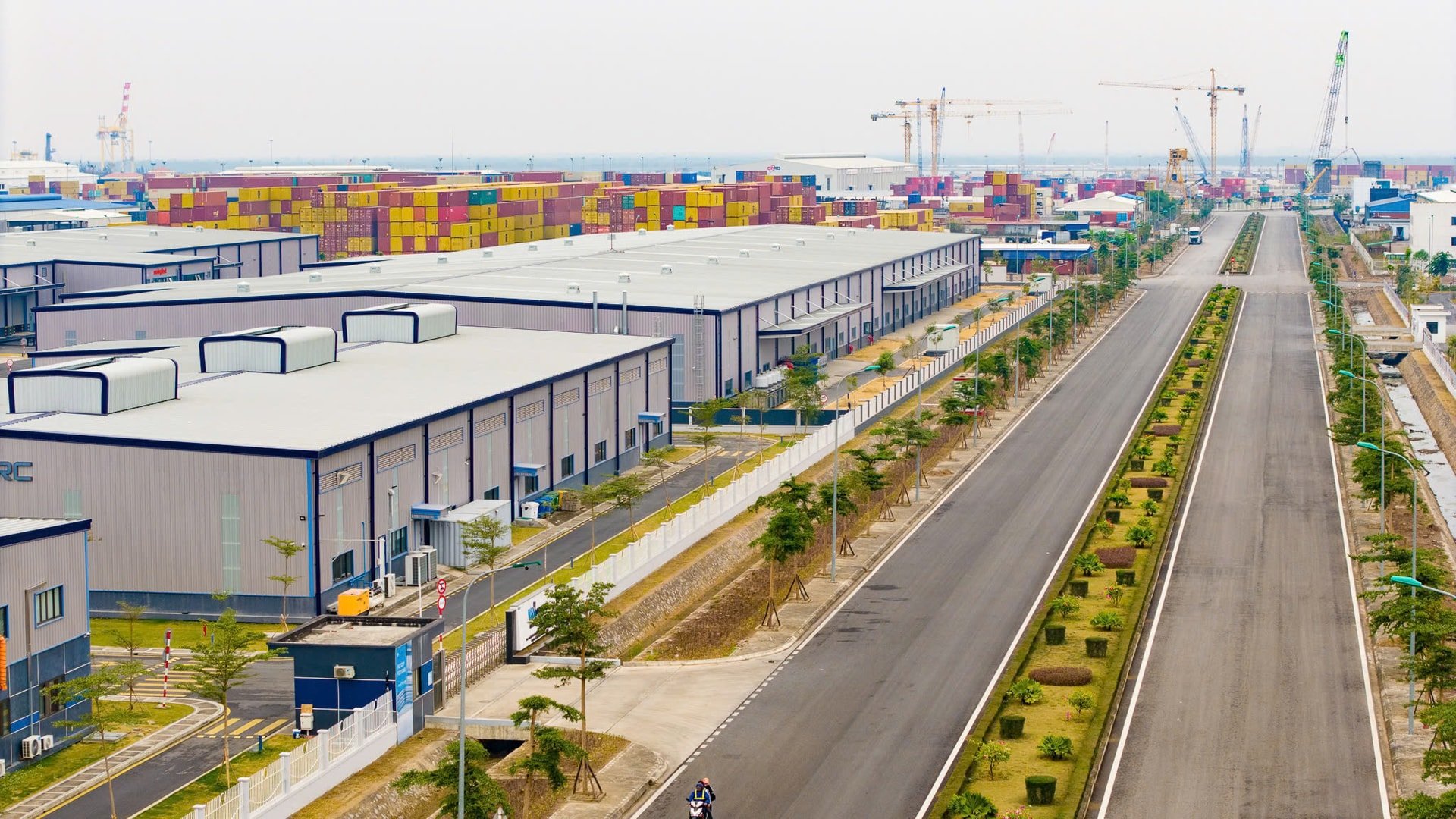
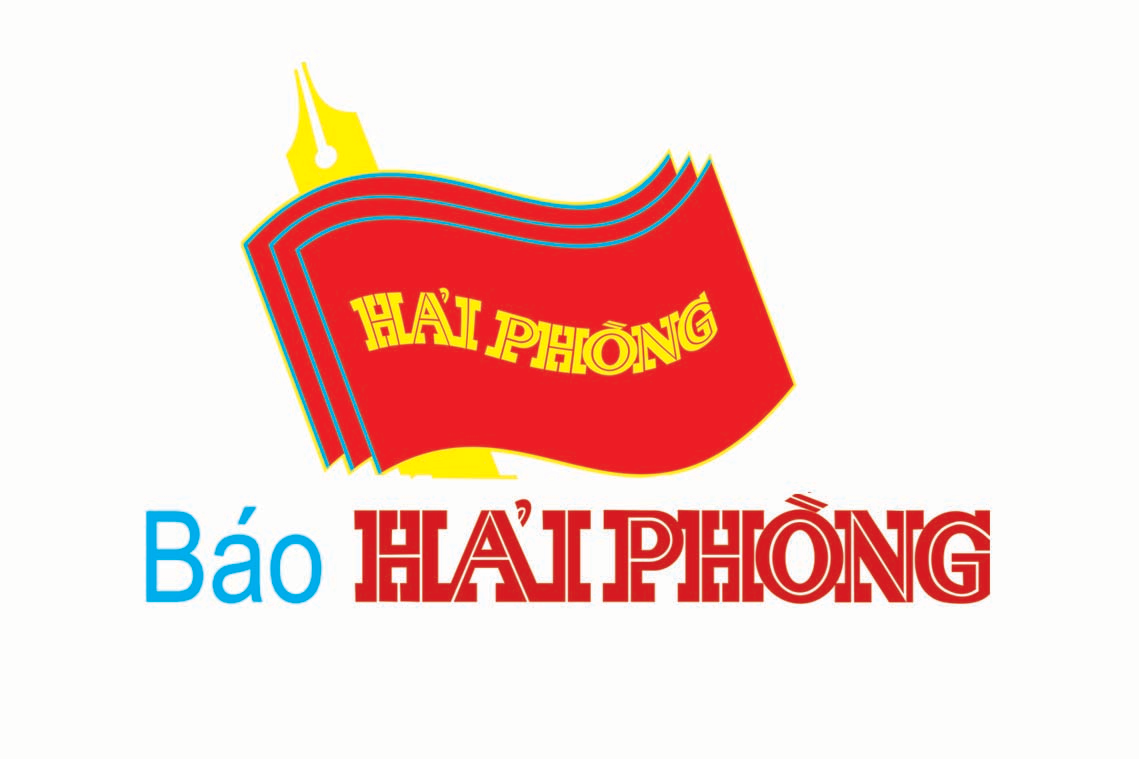

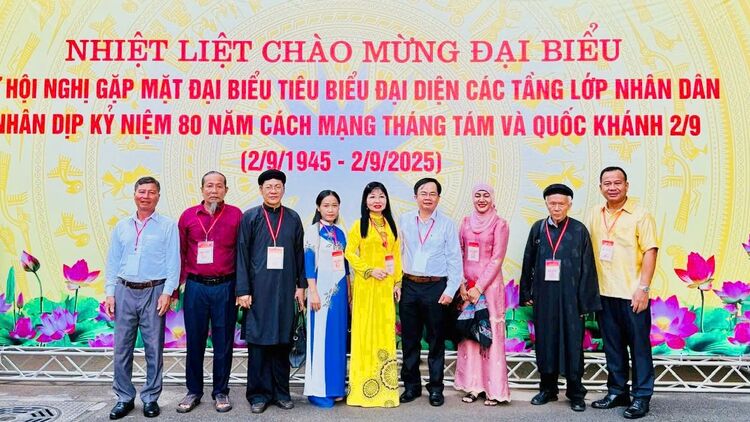
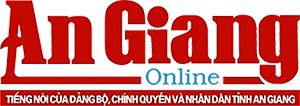
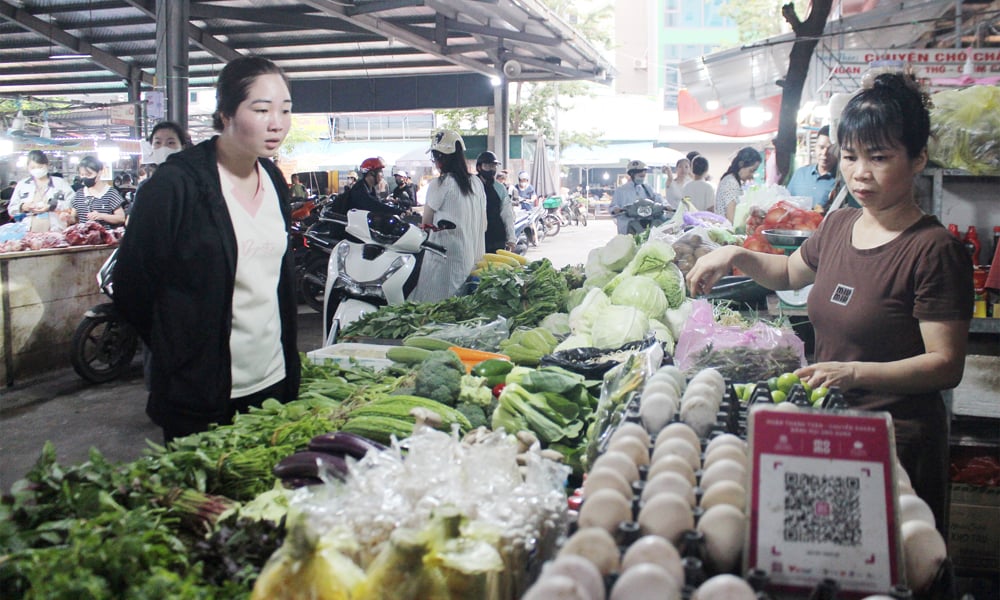

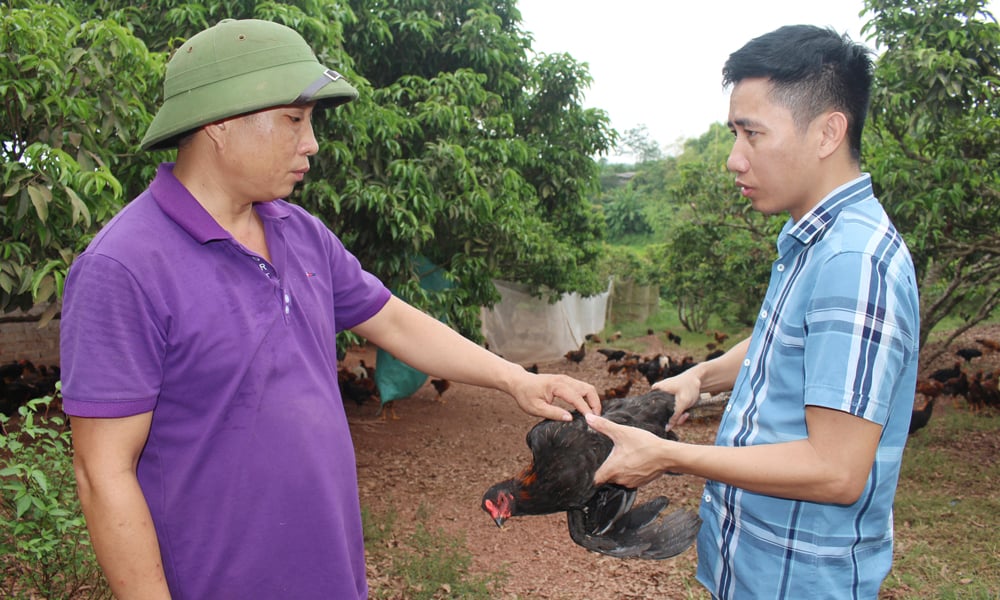
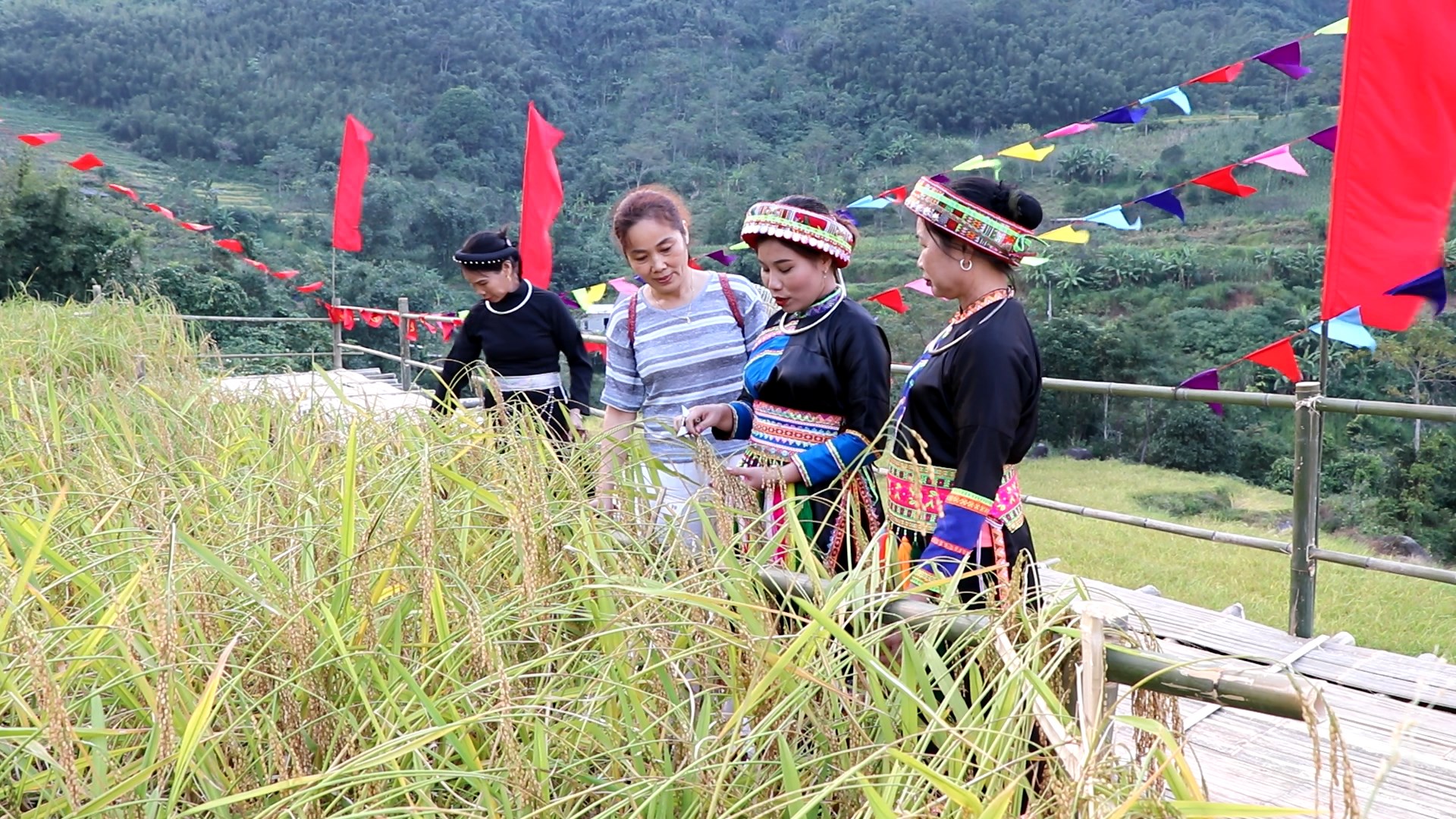

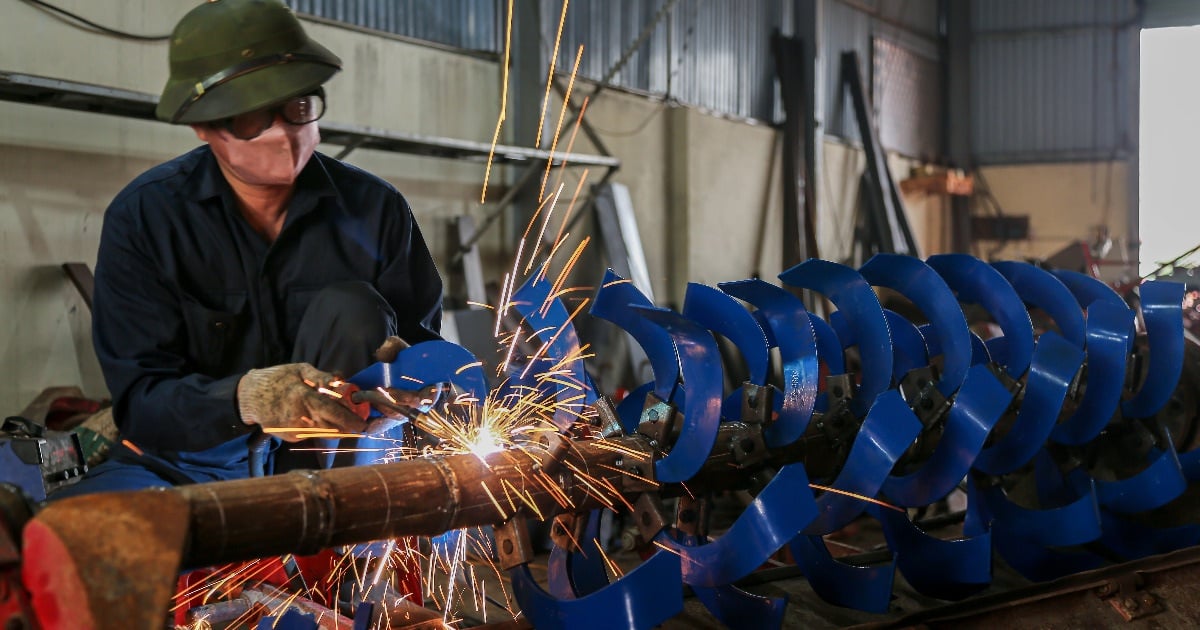
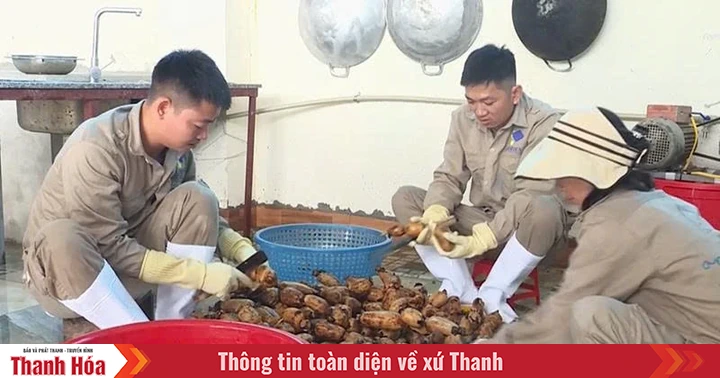
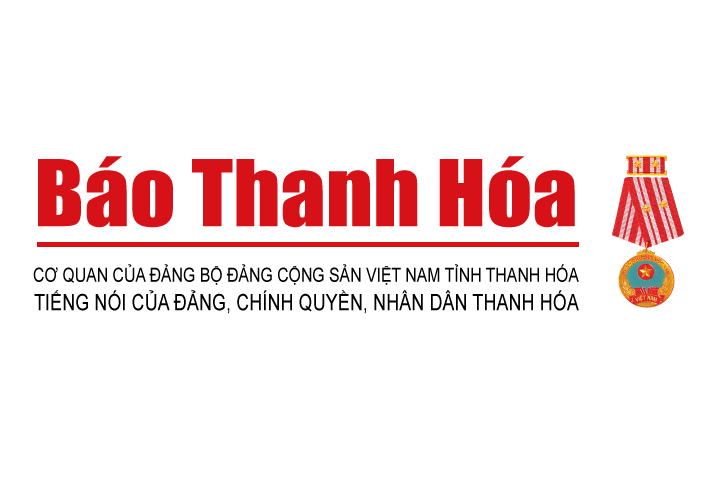
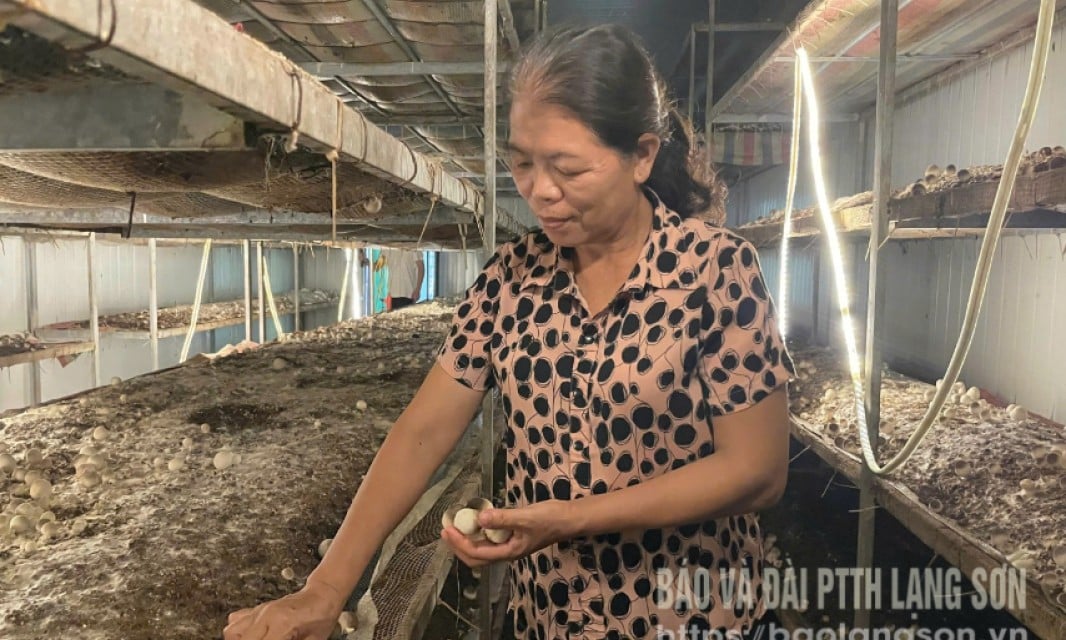






Comment (0)